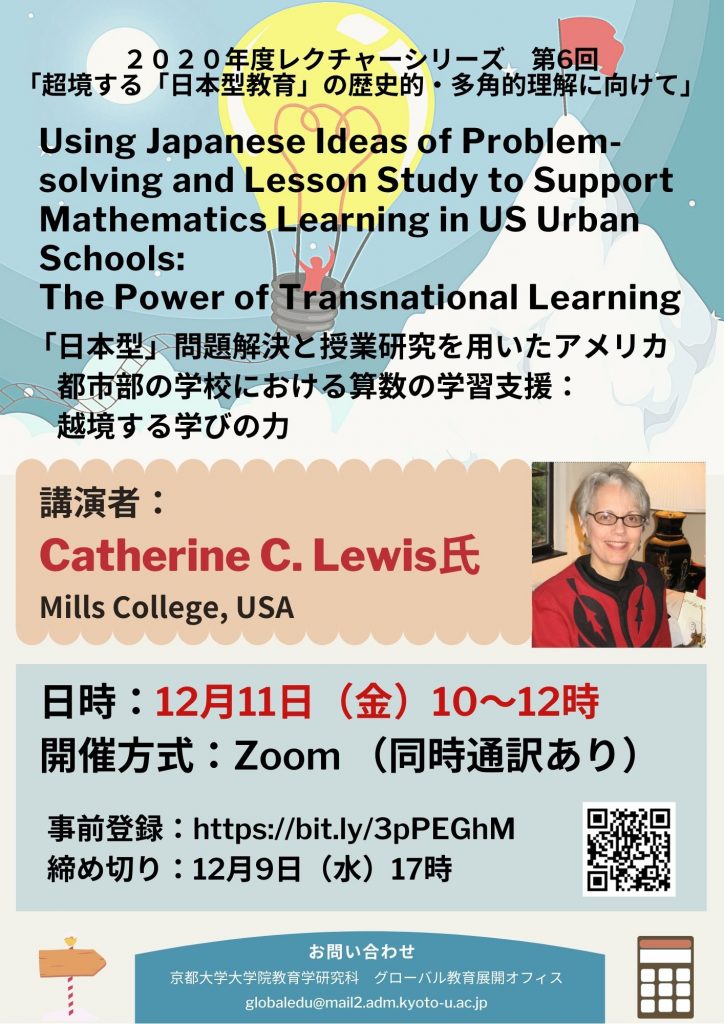講演の要旨
Both the overall low level of mathematics proficiency of U.S. students in international comparisons (OECD, 2020) and the substantial mathematics proficiency gaps by income and ethnicity within the U.S. (NAEP, 2019) are well known and have remained largely unchanged for more than a decade. For example, in 2019 40% of California students met or exceeded California mathematics standards (as measured by SBAC, the state’s chosen standardized assessment). For African-American students, the comparable figure was 21%, for Hispanic/Latino students 28%, for economically disadvantaged students 27%, for English learners 13%.
